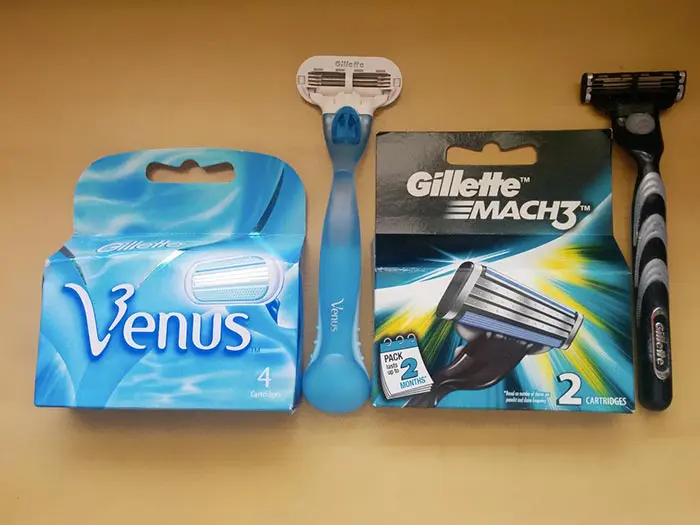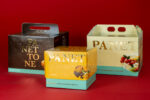We have already spoken about how it is important to design packaging able to effectively communicate with consumers. That communication should be accurately studied to not convey a wrong message.
Any proud marketing strategy should suit needs, interests and preferences of people whom it is referring to. In order to do that, however, we need to know the beneficiaries of the commercial actions and stratify the different targets to realise ad hoc contents, opportunely addressed to.
Gender marketing
Gender marketing is about all that commercial actions and processes related to gender identity and meant to be different for men and women. That strategies use advertising actions and tools developed to suit gender’s buying behaviour.
Often based on strong stereotype, gender marketing comes from Gender studies and different neuroscientific researches aimed to identify the main features that set buying behaviours of the two genders apart.
Gender strategies: yes or not?
Nowadays, gender marketing, if not accurately studied and planned, may result really sexist and out of place. Before going through this promotional way, we need then to be sure if the product/service we want to propose really requires a gender distinction: in some case, in fact, may be risky to exasperate differentiation between sex, if not properly justified and necessary.
 Instead, when this distinction proves to be the right commercial strategy to use, we need to pay attention while choosing the kind of communication.
Instead, when this distinction proves to be the right commercial strategy to use, we need to pay attention while choosing the kind of communication.
Every target prefers, or is simply used to, a certain type of language (both verbal and visual). Therefore, we need to identify the right tone and the right ways to properly convey our message, so that they will sound familiar to the audience and suit effectively its needs and expectations.
Gender marketing in packaging design
In this article I’m going to speak about some examples of the use of gender marketing in packaging design.
Except for some products carefully thought and realised based on biological differences between men and women, most of the consumer goods and services available on the market may be indistinctly used by both genders. Though, their distinction becomes necessary to consumers who, often, assert their own identity and define their own self through the products they decide to buy.
An example? Shampoo. A product that, depending on its scent and its packaging colour, will be perceived as male or female.
How do companies that produce this kind of item act then? Very often several brands choose to differentiate their own products, even when almost identical, by creating ad hoc boxes that allow them to appear purely designed for one of the two genders. In the era of mass customization, in fact, consumers are more and more conscious and getting used to one-to-one communication and extreme customization: a generic product may go unnoticed to most.
Gillette, the successful gender marketing
Think of razor: a tool indistinctly used by men and women with the same function for both of them. Gillette razors are meant to be and sold in a different way for ladies and gentlemen.

Shape, colours, texts and even a different website for their sale. Long-lasting, efficient and compelling those one for men; delicate on skin and essential for body care those one for women.
This is just an example of successful gender marketing. Everyday we run across specific products “for him” and “for her” in different sectors, first of all in fashion industry. Colours, lines and shapes are the main elements that distinguish an object, while packaging help strengthen that distinction.
As for marketing strategy, all these actions aim to increase consumption by affecting, more or less consciously, consumers.
Gender visual design
Which are then graphic and visual elements usually used for one of two genders? Pastel colours – pink, a classic one! -, curving, sinuous, ergonomic and delicate lines are often used for female products. Dark, cold or metallic colours and sharp-cornered objects for male.
A result of cultural models and fixed stereotypes over the history that have now entered the collective consciousness, even if not everyone totally identifies with them.
Here below some packagings that show how gender marketing can effect packaging design.













